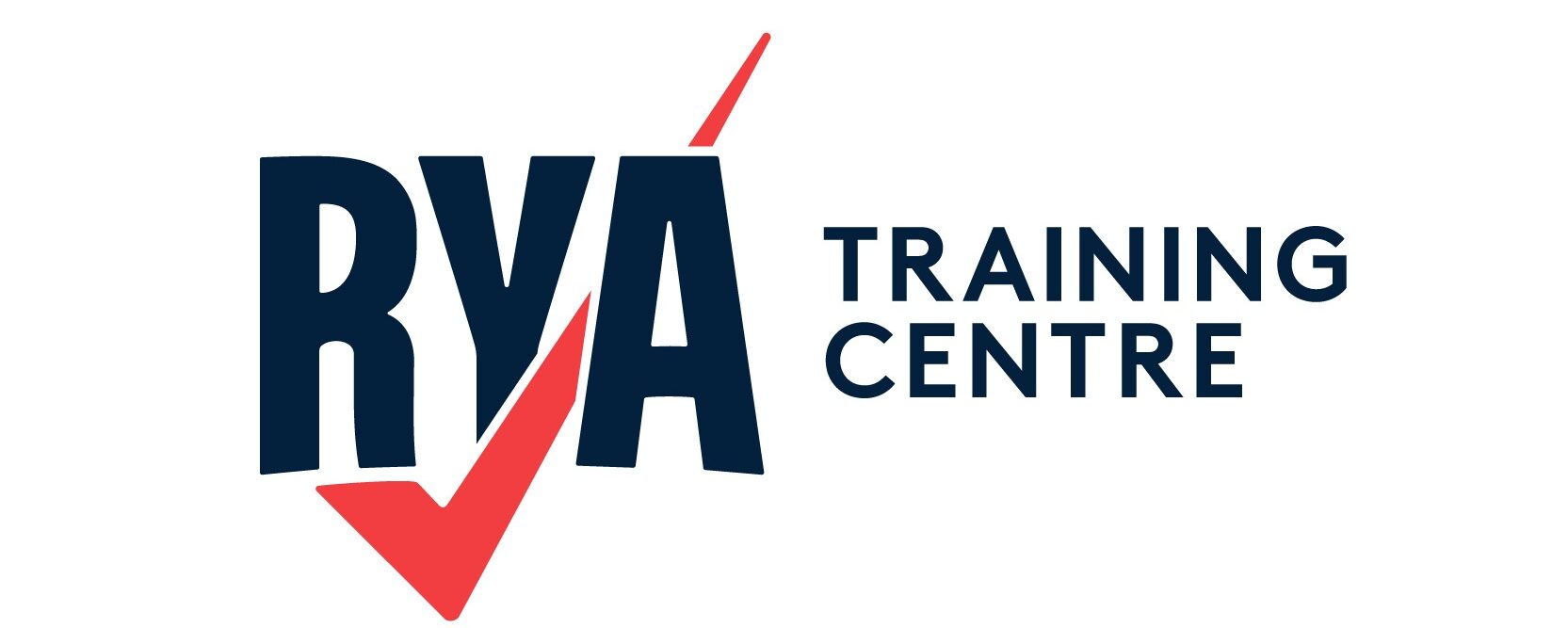Pyrotechnic signal aids, such as marine flares, help pinpoint your boats exact location in an emergency. A boat can be difficult to see, even in good conditions. Marine flares alongside communications technology greatly assists rescuers in getting a visual fix on a boat in distress.
When Should You Use Marine Flares?
There are a number of different types of marine flares and they are either pyrotechnic or non-pyrotechnic. Their purpose is to get attention when immediate danger to the crew or the vessel exists. They are only useful if someone is close enough to see them. Deploy one if you are reasonably sure someone on shore, boat or helicopter/plane is in a good position to both see it and take action. You need to use good judgement when using your marine flares, as they are single use.
Store your marine flares inside a waterproof protective case in a cool, dry storage area. The signalling kit needs to be easily accessible for emergency use.
Types of Pyrotechnic and Non-Pyrotechnic Marine Flares
- Red hand-held flare – day and night
- Parachute flare – day and night
- Red meteor – day and night
- Orange smoke signal – hand-held/day only
- Floating orange smoke signal – day only
- Orange flag – day only
- Dye canister – day only.
Aerial Signals
Aerial signals are used to alert all nearby boats to a vessel in distress. They are fired from a pistol or self-contained launcher, and normally reach as high as 450-1000 feet. The intense light flare and high altitude make these visible over a larger area, but they do have a short burn time.
Handheld Signals
Once rescuers have been alerted to the emergency via EPIRB, VHF or aerial signal, handheld signals can guide them visually to the exact position of the vessel.
Smoke Signals
During the day, smoke signals are more visible than handheld signals. Designed to do the same job, they will help rescuers to pinpoint the exact location of a vessel. They emit thick, coloured smoke and many will float and work on water.
Non-Pyrotechnic Signalling Devices
Some non-pyrotechnic alternatives include: battery-powered rescue lasers which can be seen from over 20 miles away, signalling mirrors, orange distress flags and dye canister that colour the water around your boat.
Which Marine Flares Should You Carry?
A good guideline is to equip your boat according to the World Sailing‘s (formerly ISAF) distress-signal requirements. Check the local regulations and laws for the area you are sailing in too. The World Sailing minimum requirements are broken down into four categories:
Category 4 – Inland boats that sail and race in warm, protected waters only during daylight hours:
- 4 SOLAS red handheld flares
- 2 SOLAS orange smoke signals
Categories 2 and 3 – Coastal boats that sail and race in open water relatively close to shore:
- 4 SOLAS red parachute flares
- 4 SOLAS red handheld flares
- 2 SOLAS orange smoke signals
Categories 0 and 1 – offshore boats that sail and race offshore for extended periods:
- 6 SOLAS red parachute flares
- 4 SOLAS red handheld flares
- 2 SOLAS orange smoke signals.
In 2015, the RYA released this statement about the carriage of marine pyrotechnic flares: click here to read. To dispose of out-of-date flares read the RYA’s advice by clicking here.



